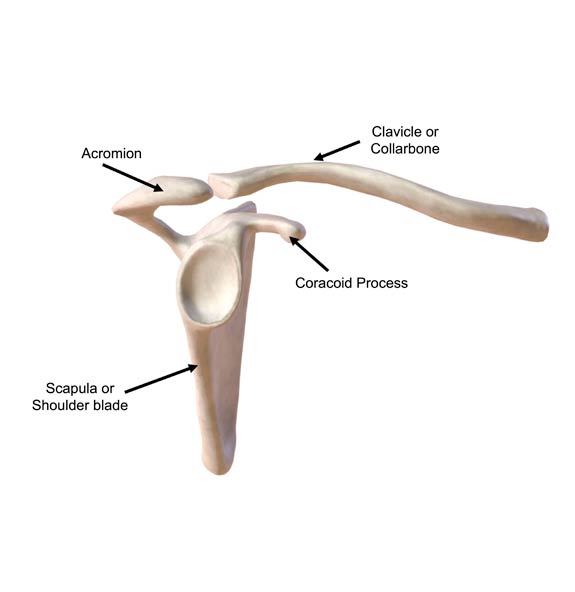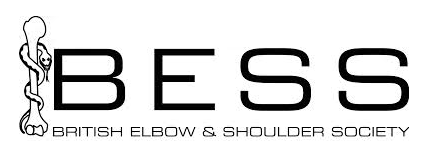Acromioclavicular Joint (ACJ) Pain/Arthritis
Have you been experiencing pain on the top of your shoulder?
Acromioclavicular Joint Pain Treatment
Does it hurt to put your hand up above your head or bring your arm across your chest (e.g. when putting on underarm deodorant)?
Perhaps you’ve had pain when pressing overhead in the gym, or doing press ups?
If so, you may be experiencing a problem with your acromioclavicular (AC) joint.
Have you been experiencing pain on the top of your shoulder?
The AC Joint is where the ends of two bones come together – your collar bone (aka clavicle) and the acromion (bony projection coming off your shoulder blade). You can feel it as little bump just in from the outer edge of your shoulder (think the epaulette area on a soldier’s uniform).
AC Joint pain can be really frustrating; it can interfere with your sleep, stop you being able to serve in tennis, or bench press in the gym.
What causes Acromioclavicular
Joint (ACJ) pain?
Although sometimes the source of the problem may be that you injured it during a fall, more often than not, it arrives gradually, as part of a wear and tear process, or because you’re excessively loading the joint. Sometimes if you’re lifting incorrectly, have poor muscle control around our shoulder girdle, or a stiff thoracic spine, the AC Joint has to take up the strain unfairly.
How is (ACJ) Acromioclavicular Joint pain assessed?
In clinic, I’ll ask you lots of questions about how your pain is affecting you, what kinds of activities are important to you, and questions relating to your sport and technique in the gym.
I’ll examine you, watching how you move, and looking at which movement and positions are uncomfortable or difficult.
To assess your shoulder further, I may recommend that we carry out an X-Ray or an MRI or ultrasound scan.
How is (ACJ) Acromioclavicular Joint pain treated?
Sometimes our assessment will show that there is inflammation within the joint or wear and tear arthritis. We always want to try to treat this conservatively if possible, and so in the first instance, I may recommend an ultrasound-guided corticosteroid injection, and rehabilitation with a specialist shoulder physiotherapist or osteopath. You may need to adapt what you are doing in the gym or your sport, whilst we get your shoulder settled.
Acromioclavicular Joint (ACJ) Excision Surgery
Sometimes, despite physio and injection, pain may persist. If you have a very worn joint that repeatedly becomes inflamed and prevents you comfortably doing the activities you love, it may be time to consider surgery. AC Joint surgery aims to remove the painful joint surfaces. Where possible I try to use a keyhole approach, however, in some cases, there is too much bone at the top of the joint to remove completely with keyhole. In those cases, I find a small incision, on the top of the shoulder gives the best outcome. It’s a day case procedure under a light general anaesthetic, and the recovery is swift; for instance, if you’re a golfer, you could reasonably hope to be back on the driving range at 6-8 weeks.
Jogging or running is probably achievable at around six weeks, and lifting in the gym may take 8-12 weeks, loading up gradually.
Post surgery FAQ
Ms Susan Alexander is recognised by all the UK’s major insurers







